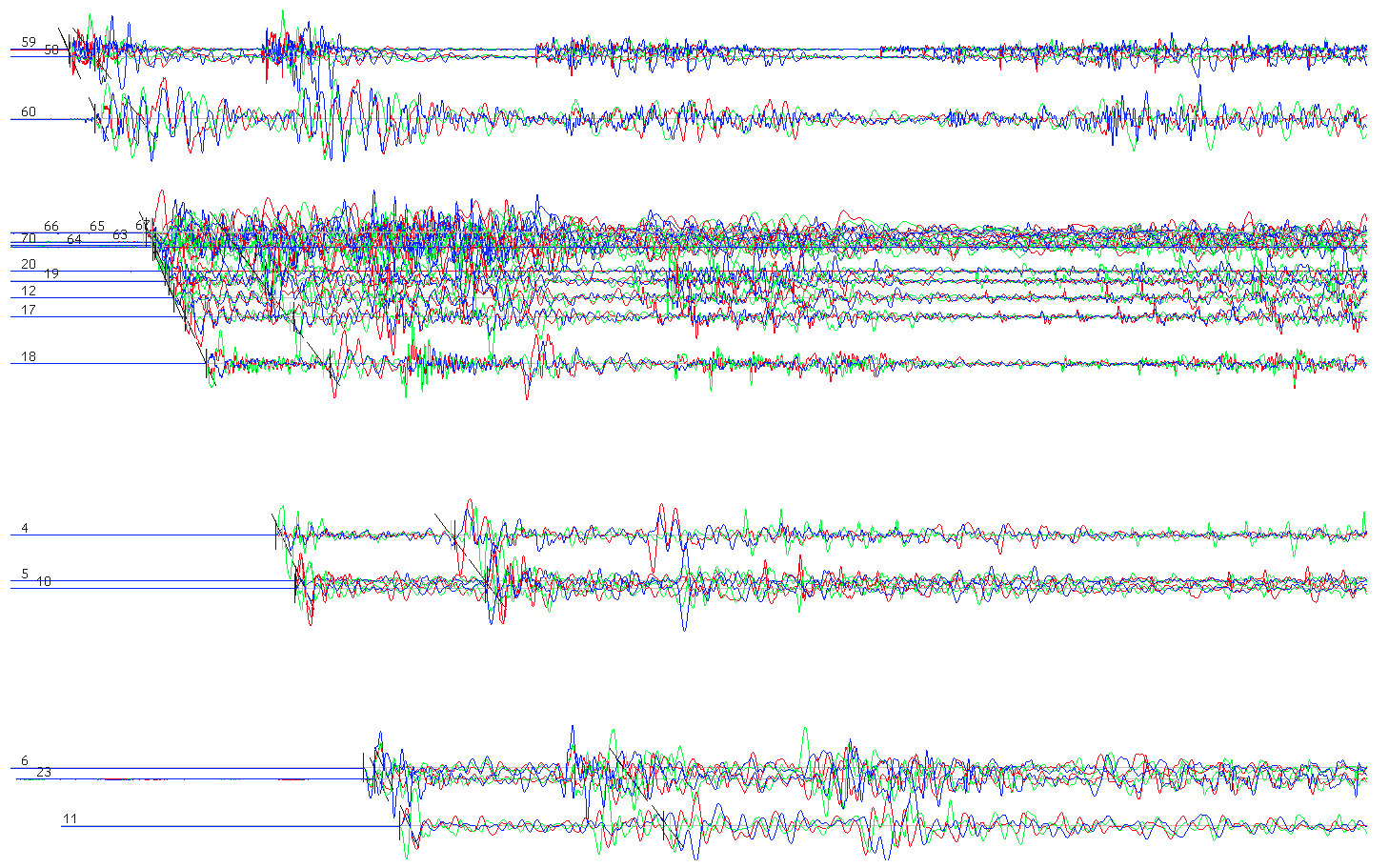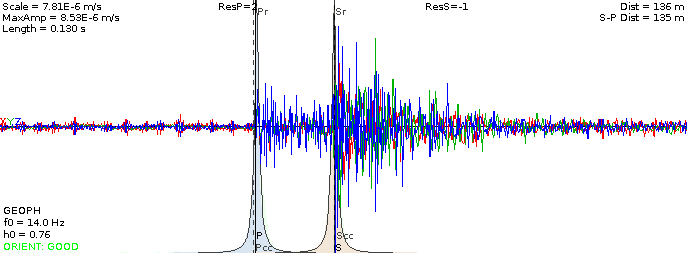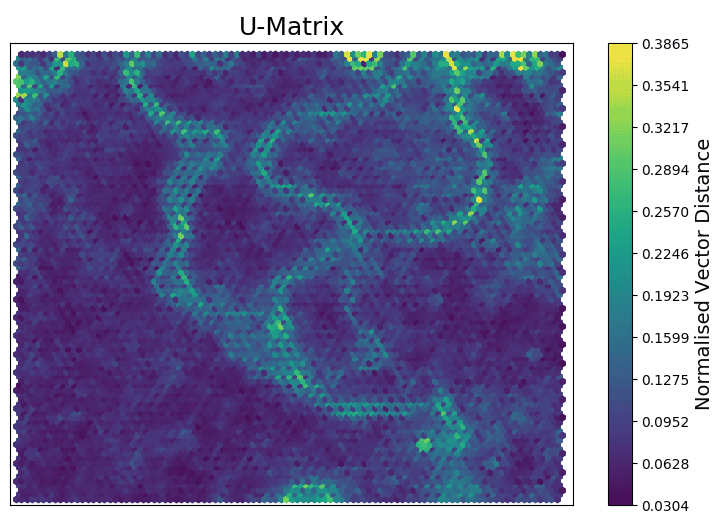Processing
Uninterrupted routine seismological data processing by a decentralised group of trained individuals.
PROCESS SEISMIC DATA
Seismic data from more than 90 mines in 19 countries continuously stream into the IMS offices. A team of 80 data processors process approximately 30 000 seismic events 24 hours a day, 365 days a year. Results are returned to the mine typically within minutes of the event being recorded on the mine. The aim is to have all data processed and back to the mine within one hour of it being recorded. Large events receive the highest priority.
The processors are assisted in their tasks by travel-time plots and per-event Wadati plots. These check consistency of picks by checking on unusual source parameters popping up as messages on the screen to aid the processors while processing.

AUTOMATIC PROCESSING
Ideally, as many events should be classified and/or processed by algorithms, to ensure consistency, quick turnaround time and savings in cost. IMS has developed a wide-ranging suite of such methods, which may have varying degrees of success, depending on the particulars of the data set it is applied to.

Figure 1: Envelope of P-wave arrival time in presence of noise

Figure 2: Envelopes of likely P- and S-wave arrivals
IMS employs various methods, including digital signal processing, machine learning (both supervised and unsupervised) from extracted features, statistical models and many more to solve classification problems (rejecting events, marking as blasts, orepass noise) or arrival detection problems (phase picking, phase refinement). While routine processing by our team or advanced processing by our seismologists for forensic cases is always available, we will gladly investigate specific datasets and customise a processing protocol for them to suit our customer requirements, in order to save costs and make results available more quickly.

Figure 3: U-matrix for self-organising map (constructed via unsupervised machine learning) that performs automatic event classification
QUALITY CONTROL
Quality control of the seismic data is performed every working day on 10% of data. The events are selected for per-processor sessions. Large events and events that triggered the processor-assist automatic pop-ups are given preference. A random selection of rejected and accepted events fills the rest of the quality-controlled selection. These events are sent to a group of experienced processors for quality control. If such a selection of events fails, the whole batch of data that was processed by that processor is queued for reprocessing, and another quality control is selected once the data is reprocessed. This processed data is then used in the routine reporting and notifications sent out to customers.
